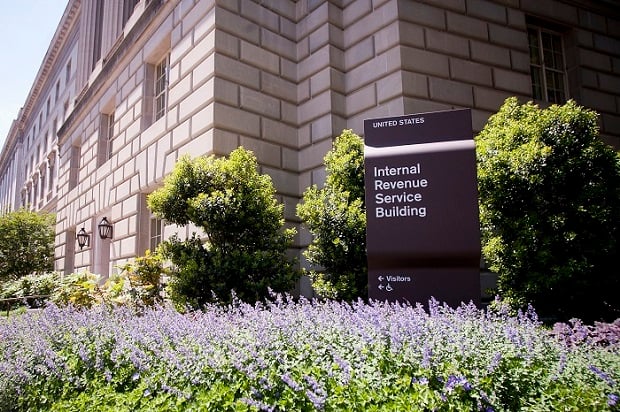 The Budget Act of 2018 allows plan sponsors to eliminate the mandatory six-month suspension of elective deferrals as well as the requirement to take a loan prior to seeking a hardship withdrawal. (Photo: Diego M. Radzinschi/ALM)
The Budget Act of 2018 allows plan sponsors to eliminate the mandatory six-month suspension of elective deferrals as well as the requirement to take a loan prior to seeking a hardship withdrawal. (Photo: Diego M. Radzinschi/ALM)
We can't predict the future, but sometimes the immediate past leaves enough breadcrumbs to show us a reasonably correct path.
Such was the case with the Budget Act of 2018 and the IRS Letter Ruling 201833012. These addressed the type and nature of hardship withdrawal rules corporate retirement plans can adopt. Plan sponsors need to be aware of the potential benefits and harm the opportunity to change the plan's rules may present to employees.
Recommended For You
Complete your profile to continue reading and get FREE access to BenefitsPRO, part of your ALM digital membership.
Your access to unlimited BenefitsPRO content isn’t changing.
Once you are an ALM digital member, you’ll receive:
- Breaking benefits news and analysis, on-site and via our newsletters and custom alerts
- Educational webcasts, white papers, and ebooks from industry thought leaders
- Critical converage of the property casualty insurance and financial advisory markets on our other ALM sites, PropertyCasualty360 and ThinkAdvisor
Already have an account? Sign In Now
© 2025 ALM Global, LLC, All Rights Reserved. Request academic re-use from www.copyright.com. All other uses, submit a request to [email protected]. For more information visit Asset & Logo Licensing.








